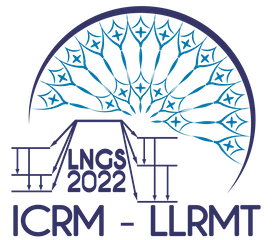Speaker
Description
The GERDA (Germanium Detector Array) collaboration operates bare high-purity germanium detectors (HPGe) made out isotopically enriched material inside a cryogenic fluid shield to search for the neutrinoless double beta decay (0νββ) of 76Ge. Its successor, the LEGEND-200 (Large Enriched Germanium Experiment for Neutrinoless ββ Decay) experiment will re-use the GERDA experimental infrastructures at the Gran Sasso National Laboratories. The mass of HPGe detectors will be enlarged up to 200 kg to probe 0νββ half-lives beyond 1026 years.
During detector production a fraction of the enriched germanium remains as kerf and metal residuals, which cannot be directly reused for detector production. To recover as much as possible of these residual materials for additional detector production, a very efficient purification process is needed to eliminate most of the impurities. For this reason, a purification plant was designed and built to convert Ge metal to GeO2 through sequential chemical reactions. Inductively coupled plasma mass spectrometry (ICP-MS) has been used to characterize starting materials, reaction products, and the final product, to search for impurities inside the samples and to monitor the contamination level. A quadrupole detector was used to determine the amount of impurities inside the samples through semi-quantitative analysis. Moreover, using high-resolution ICP-MS for some elements found in low resolution (Al, K, Fe, As), lower detection limits were reached improving our analysis. Characterization of the starting material, and the monitoring of the contaminants in the intermediate and final products will be discussed.

